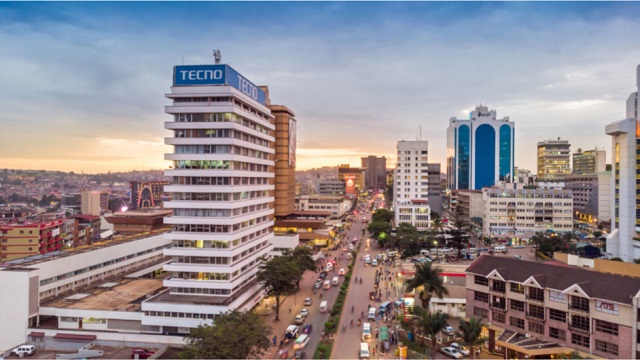
Astrid R.N. Haas, the Policy Director, at the International Growth Centre explains:
The power of cities comes from the number of interactions they enable, between people, firms and markets – they are centres of social interaction. For all their virtues, however, cities have a major downside. They are a fertile ground for contagion, such as the rapid spread of COVID-19.
This is because cities are by definition places of density, with large numbers of people living and interacting in close proximity. Furthermore, many cities are deeply embedded in national, regional and global networks. This is embodied by infrastructural features such as airports, ports and other transport terminals ferrying goods and people at a high frequency. As such, the potential for transmission rates of COVID-19 within them may be far higher relative to national averages.
This is aptly illustrated by New York City, which already accounts for approximately half of all known cases in the US. Perhaps even more shocking, it accounted for 5% of all confirmed cases in the world – and it is just one city of about 8.6 million people.
Contagion in African cities
Given the characteristics of many African cities, the situation, without appropriate mitigation measures, could be far worse. For example, density levels in certain parts of African cities, most notably in slums and other informal settlements, may be even higher than New York’s. It is estimated that about 2/3rds of Nairobi’s population lives on just 6% of its land. In Kampala, 71% of households sleep in a single room.
These congested settlements have few amenities. Only an estimated 56% of the urban population in sub-Saharan Africa have access to piped water. And even those with access, they can spend 30 minutes or longer sourcing it.
This begs the question whether frequent hand-washing – one of two of the main measures to prevent transmission – is even feasible. The same goes for social distancing, the second recommended preventative measure, both given density and also because it runs contrary to many African societal norms, which are inherently deeply communal.
At the same time, one of the drivers of rural-urban migration in Africa is the relatively better access to services in the city. This includes health services. Data from the countries with already well-developed and funded health systems show that they are experiencing immense strain with COVID-19 patients. In the U.S., it is predicted that at least 200,000 intensive care unit (ICU) beds will be needed in the case of a moderate outbreak.
The whole of Uganda on the other hand has 55 ICU beds in 12 operational units. It is clear that with similar infection rates African health systems would collapse. Yet people are still more likely to be treated in urban areas. In Uganda’s case, 80% of these ICU beds are located in Kampala.
 The Independent Uganda: You get the Truth we Pay the Price
The Independent Uganda: You get the Truth we Pay the Price



